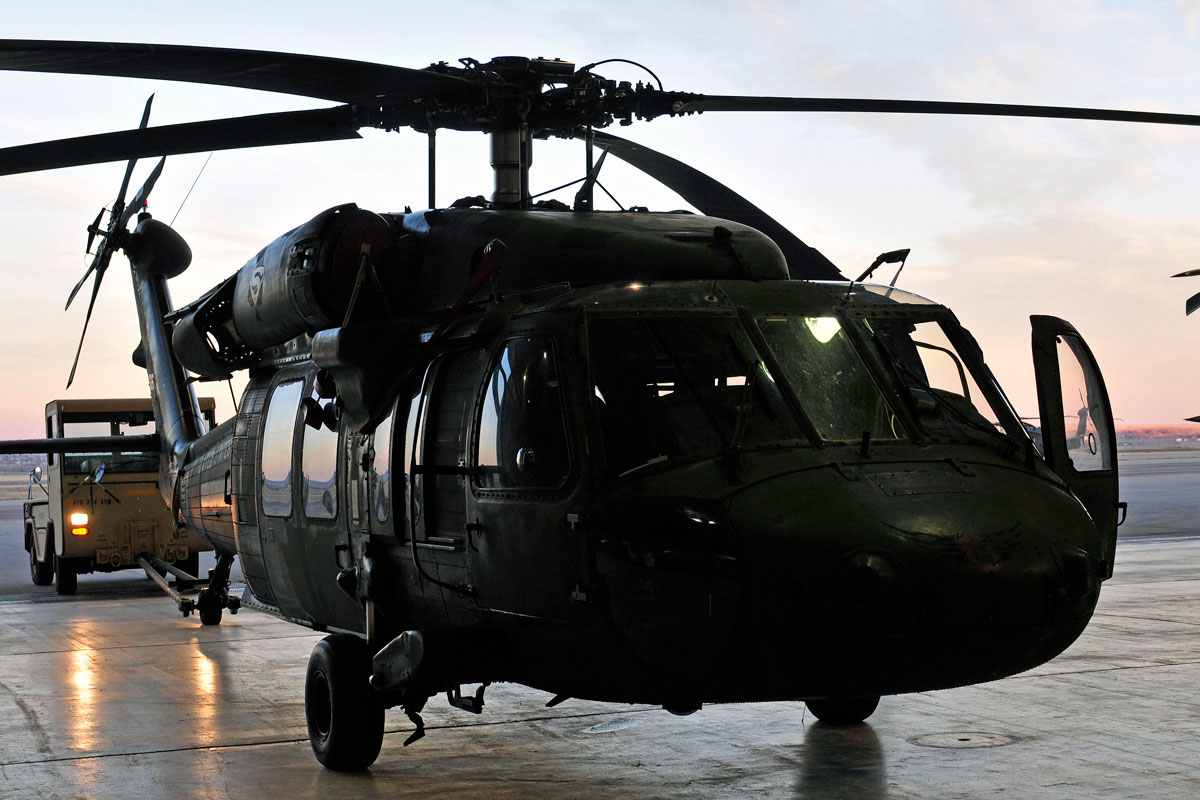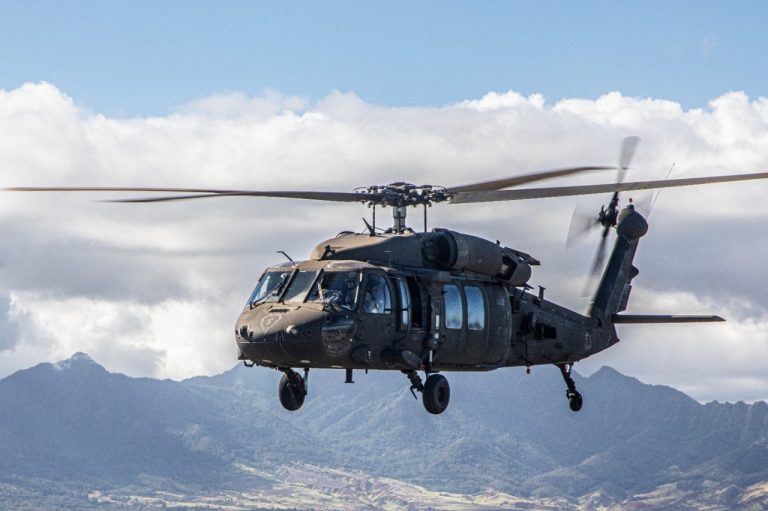A Comprehensive Overview to the Upkeep and Treatment of Aircraft for Longevity
The long life of an airplane pivots considerably on its upkeep and care, necessitating a structured approach to ensure optimal performance and safety. Regular assessments, paired with a methodical upkeep program, act as critical parts in identifying possible issues prior to they rise. The problem of the airplane's interior and adherence to governing requirements play critical duties in maintaining its value. Yet, recognizing the details of these techniques can be complicated; for that reason, it is necessary to explore the essential elements that add to reliable aircraft treatment and the effects of disregarding these responsibilities.
Value of Routine Maintenance
Normal upkeep is important for the security, effectiveness, and longevity of aircraft. A methodical strategy to maintenance guarantees that all elements work optimally, therefore reducing the danger of mechanical failure throughout operation. Normal evaluations and servicing enable service technicians to identify possible concerns before they intensify into substantial problems, making certain that the aircraft continues to be in conformity with air travel guidelines.
In addition, preserving an airplane according to the producer's standards is vital for maintaining its value. A well-documented maintenance background can boost resale leads and instill confidence in prospective buyers. Additionally, routine maintenance contributes to operational efficiency, as it helps to optimize fuel usage and performance metrics, causing set you back financial savings over time.
Moreover, normal upkeep adds to the overall safety of flight procedures (uh 60). By attending to wear and tear without delay, operators can minimize dangers related to aging airplane systems. This proactive approach not only secures the lives of guests and team but additionally safeguards the airplane itself versus disastrous failures

Daily Assessment List
How can pilots and maintenance crews make certain the airplane remains in ideal condition prior to each flight? The solution hinges on an extensive everyday inspection list, which works as a vital procedure to identify prospective issues that could endanger safety and efficiency. This list ought to encompass numerous crucial locations, consisting of exterior and interior examinations, in addition to practical checks of vital systems.
Beginning with the exterior, teams need to assess the airframe for any kind of noticeable damage, leaks, or indicators of corrosion. Attention has to be paid to control surface areas, touchdown equipment, and the problem of tires. Relocating to the interior, the staff needs to verify that all controls and tools are operational, making certain that electronic systems are working correctly.

In addition to architectural checks, it is important to check fuel degrees and validate that all needed files, consisting of enrollment and weight and balance details, are up to day. A testimonial of emergency situation devices, consisting of life vests and fire extinguishers, have to be conducted to make sure conformity with safety and security policies. By faithfully following this everyday evaluation list, pilots and maintenance teams can substantially enhance the safety and security and dependability of their airplane.
Set Up Maintenance Programs
Scheduled maintenance programs are essential for the long-term safety and performance of aircraft operations. These programs are designed to make sure that all airplane elements undertake regular assessments, upkeep, and needed repair work at fixed periods. By sticking to an organized upkeep timetable, operators can considerably decrease the danger of in-flight failings, improve aircraft reliability, and prolong the life expectancy of vital components.
Usually, scheduled maintenance is classified into different levels, consisting of A, C, b, and d checks, each with unique needs and thoroughness. A checks are generally much more frequent and concentrate on basic small fixings and visual inspections, while D checks are more extensive and take place much less often, including comprehensive disassembly and overhaul of the airplane.
Regulatory bodies, such as the FAA and EASA, required compliance with particular maintenance timetables based on airplane type and use. Operators needs to preserve precise records of all upkeep carried out to demonstrate conformity and help with examinations. Moreover, the combination of anticipating upkeep technologies can better boost the performance of scheduled programs by determining possible concerns prior to they escalate, thus making sure that aircraft stay in optimum problem and all set for safe procedures.
Look After Airplane Interiors
Taking care of airplane interiors is important not just for traveler comfort yet additionally for keeping the general value and safety and security of the airplane. Routine cleansing and upkeep of the indoor elements add significantly to a favorable flying experience while protecting the aircraft's aesthetic charm.
To make sure ideal treatment, it is necessary to establish click for source a regular cleaning schedule that consists of vacuuming carpets, cleaning down surface areas, and sanitizing high-touch locations. Furniture and seats should be checked for damage, with any kind of damages quickly resolved to stop more deterioration. Furthermore, focus has to be provided to the galley and lavatory locations, which require detailed cleaning and restocking of supplies to maintain hygiene.
Furthermore, using proper cleansing representatives is vital; harsh chemicals can harm products and finishes, so it is a good idea to make use of items particularly created for airplane interiors. Regular inspections should likewise be carried out to identify any upkeep requires, such as replacing worn-out seat covers or repairing window shades. By prioritizing the care of aircraft insides, operators can improve the overall guest experience and protect the financial investment in their aircraft.
Comprehending Governing Compliance
Regulatory compliance is a crucial aspect of aircraft upkeep, often requiring operators to adhere to an intricate framework of regional, nationwide, and international standards. This visite site framework is primarily developed by aeronautics governing bodies such as the Federal Aeronautics Administration (FAA) in the USA and link the European Union Air Travel Safety Agency (EASA) in Europe - uh 60. These companies state policies that regulate various elements of airplane upkeep, including airworthiness, security methods, and operational procedures

In addition, operators have to remain educated about changes in policies and take part in training programs to guarantee that their personnel is knowledgeable concerning compliance demands. Failing to adhere to these guidelines can cause serious penalties, consisting of fines, grounding of airplane, or loss of accreditation. Therefore, understanding and adhering to governing compliance is vital for the long life and safety of airplane procedures.
Verdict
In conclusion, the maintenance and care of airplane are extremely important for making certain long life, security, and operational efficiency. Focus to the aircraft's interior and conformity with regulatory criteria considerably add to protecting its worth.
The long life of an aircraft hinges substantially on its maintenance and treatment, necessitating an organized strategy to ensure optimal performance and safety. By faithfully following this daily evaluation list, pilots and upkeep crews can substantially boost the safety and security and dependability of their airplane.
These programs are made to guarantee that all aircraft parts undertake normal assessments, upkeep, and essential repair services at predetermined intervals. By prioritizing the care of aircraft insides, operators can boost the total guest experience and secure the investment in their airplane.
In conclusion, the upkeep and care of aircraft are extremely important for making sure longevity, safety and security, and functional efficiency.